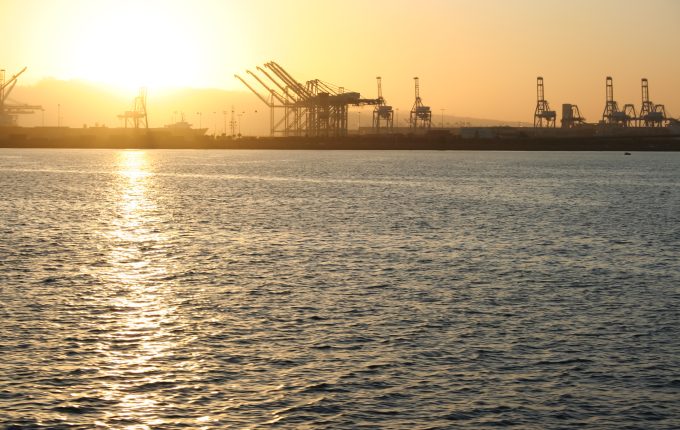Gemini partners still steaming ahead on schedule reliability
Global liner schedule reliability in May reached its highest level for 18 months, with the ...

As shippers and carriers on the transpacific prepare for the annual contract negotiating season – which kicks off with the Journal of Commerce’s Transpacific Maritime (TPM) convention next week on Long Beach – industry analysts have predicted planned capacity increases on the trade could bring ...

Comment on this article